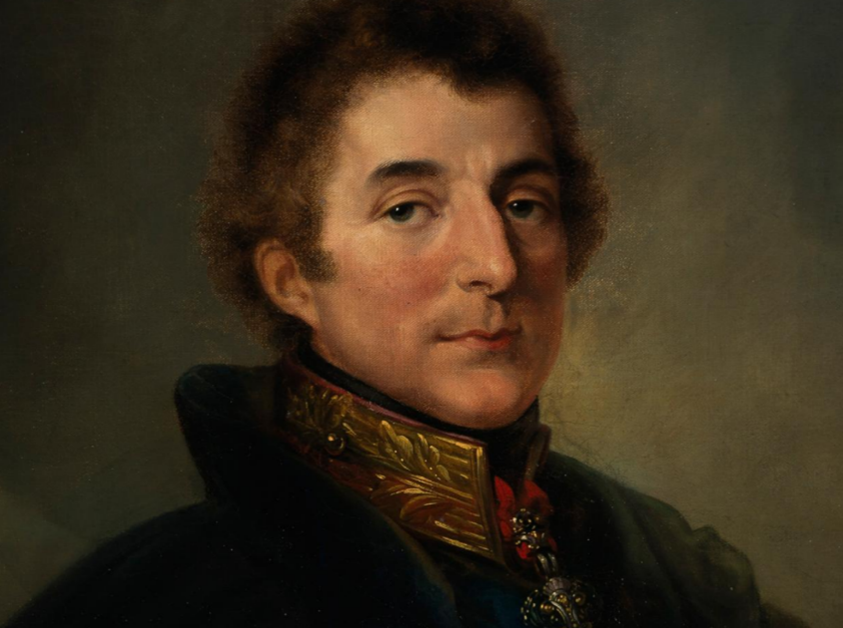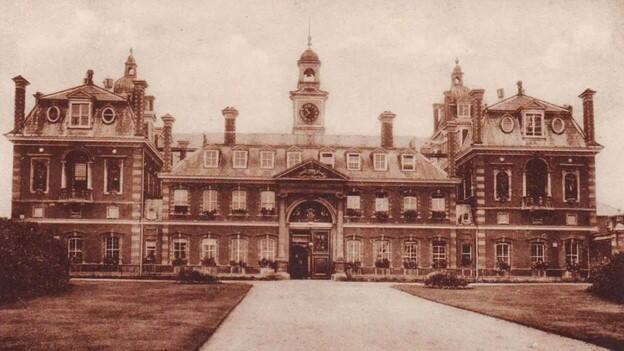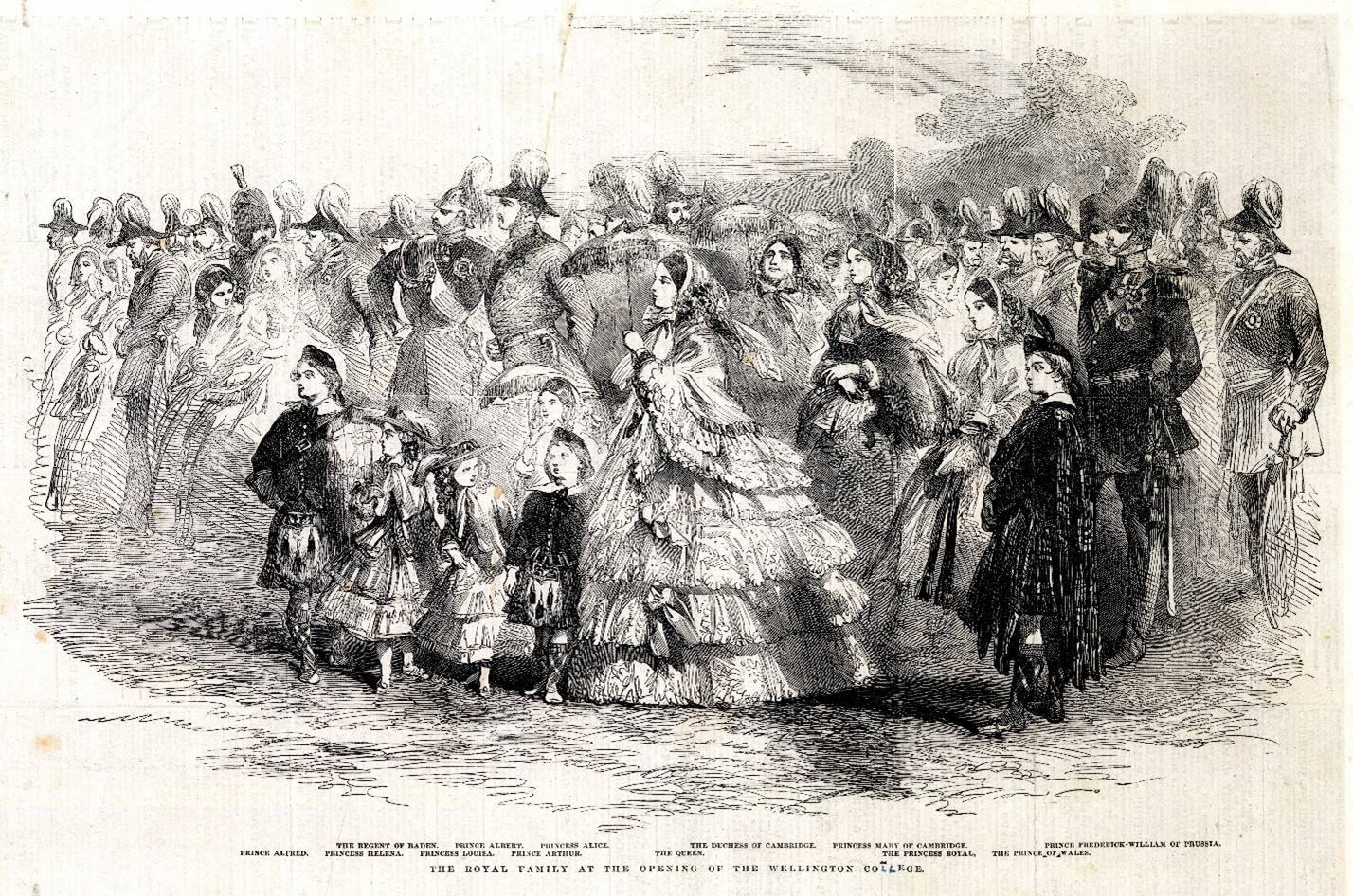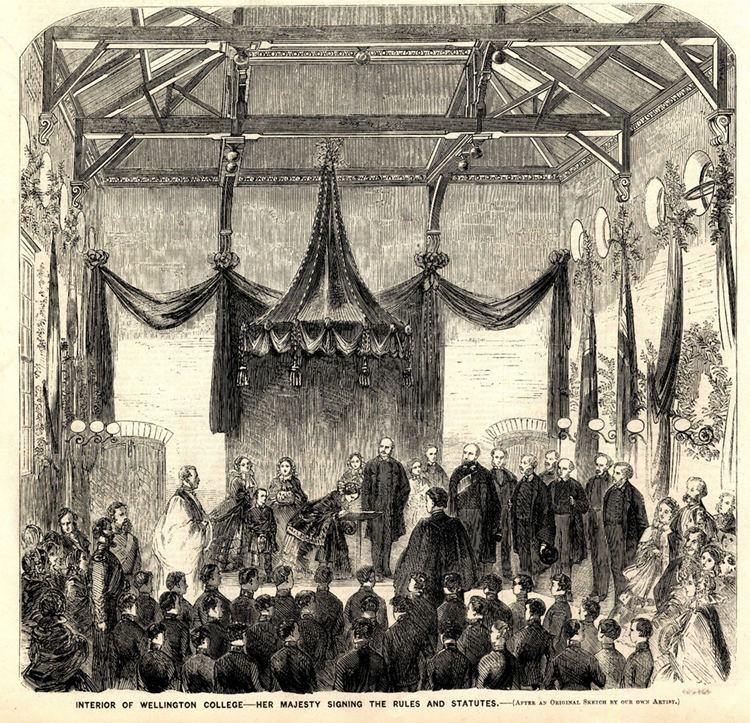
“Every College of ours is aimed at becoming a prestigious centennial College,” says Wellington College China Founder and Chairman Joy Qiao. Last year, our first school, Wellington College International Tianjin, celebrated its 10th anniversary. This year, Huili School Shanghai and Wellington College Hangzhou celebrate five years. We have only begun our journey, but we are standing on the shoulders of a giant with more than a century and a half of history.
A monument to a titan of British history
Wellington College in England was founded by Queen Victoria to commemorate Arthur Wellesley, First Duke of Wellington, the brilliant military strategist who defeated Napoleon at the Battle of Waterloo. After this famous battle, the Duke of Wellington served as Prime Minister twice and retained the position of Commander-in-Chief of the Army until his death in 1852.

Arthur Wellesley
1 May 1769 – 14 September 1852
British military and political leader, British Army general, 21st British Prime Minister
The first Duke of Wellington
The Duke of Wellington passed away after 65 years of royal service. The whole nation of England held a grand state funeral for him to express condolences. At the time, Queen Victoria wrote in a letter to the King of Belgium that the Duke of Wellington’s death was an “irreparable loss for the country” and called him “the greatest man this country ever produced”. Many things around the world have been named after the Duke of Wellington, including the capital of New Zealand, a mountain in New York, beef Wellington and countless businesses in England. In the 2002 BBC Great Britons survey, the Duke of Wellington ranked 15th of 100 great British heroes.
Deeply rooted in royal traditions
The school’s founding was first proposed in a conversation between Queen Victoria, her husband Prince Albert, and the then British Prime Minister Lord Edward Stanley. In 1853, Wellington College was granted a Royal Charter and the Royal and Religious Foundation of Wellington College was established. Prince Albert was unanimously elected as the College’s President of the Governors, and during his tenure, he promoted the College’s development.

Wellington College in the 19th century
Construction of the College commenced in 1856 when Queen Victoria laid the foundation stone. Prince Albert had hand-selected the architect John Shaw Jr, who was famous for his distinctive English Baroque style, to design the school. Today, its iconic red brick, dark grey Mansard roofs and lofty bell towers remain visual hallmarks of all Wellington College International and Huili Schools.

The Royal Family at the Foundation Stone
In 1859, Wellington College accepted its inaugural class of pupils. 76 enrolled. 47 orphans of deceased army officers. The school’s opening ceremony was attended by Queen Victoria, Prince Albert and several key figures in British aristocracy. When the ceremony concluded, Queen Victoria toured the College buildings and was met with hearty cheers as she proceeded to the schoolrooms where pupils were conducting their studies. In her subsequent speech, she expressed her aspirations for future Wellingtonians: “In the students now before me I am glad to recognise the first fruits of this benevolent work; and I trust they will, by their steady industry and honorable conduct, their cheerful obedience to those who are set in authority over them, and their behavior to each other, earn a character for the College worthy of the name it bears.” In essence, the queen was laying out the Wellington Values of Courage, Integrity, Kindness, Respect and Responsibility.

Queen Victoria at the College’s Opening, 1859
Queen Victoria visited Wellington College two more times during her reign, and the College was famous for educating several royals. To this day, the College’s connection to Queen Victoria and Prince Albert is commemorated in various ways, most notably its V&A (Victoria and Albert) Café.
A bridge from the West to the East
In the 20th century, Wellington College in England continued to develop and grow, with the construction of new teaching buildings and boarding facilities. By the 21st century, the College had more than 1,000 pupils, and in 2006, it fully implemented co-education, offering its holistic education provision to a broader, more diverse, base of pupils. Meanwhile, its academic standards have remained at the forefront of the UK for many years. In addition to academic excellence, Wellington College has also served as a cultural and sporting hub for communities in the southeast of England. It has also hosted international events, such as the Round Square Conference in 2011, which was attended by Queen Elizabeth II and more than 1000 guests from over 20 countries.
Now, Wellington has expanded its reach far beyond the UK. In 2009, on the 150th anniversary of Wellington’s opening, Joy Qiao shared with Queen Elizabeth II a scale model of Wellington College International Tianjin. Two years later, Wellington College China’s first school officially opened. In the subsequent 12 years, Wellington College China opened a total of 11 Wellington Colleges and Huili Schools in Tianjin, Shanghai, Hangzhou, and Nantong. Wellington College International has also established a partnership with schools in Bangkok, Thailand and Pune, India.

Looking ahead, Wellington College China will continue to share its bilingual education model with pupils overseas, as it builds a bridge between China and the rest of the world.
160 years on, what began as a single tree has grown strong branches that span from the West to the East. Whether in the UK, China, Thailand, or India, our pupils, parents and teachers thrive like blossoms and leaves.